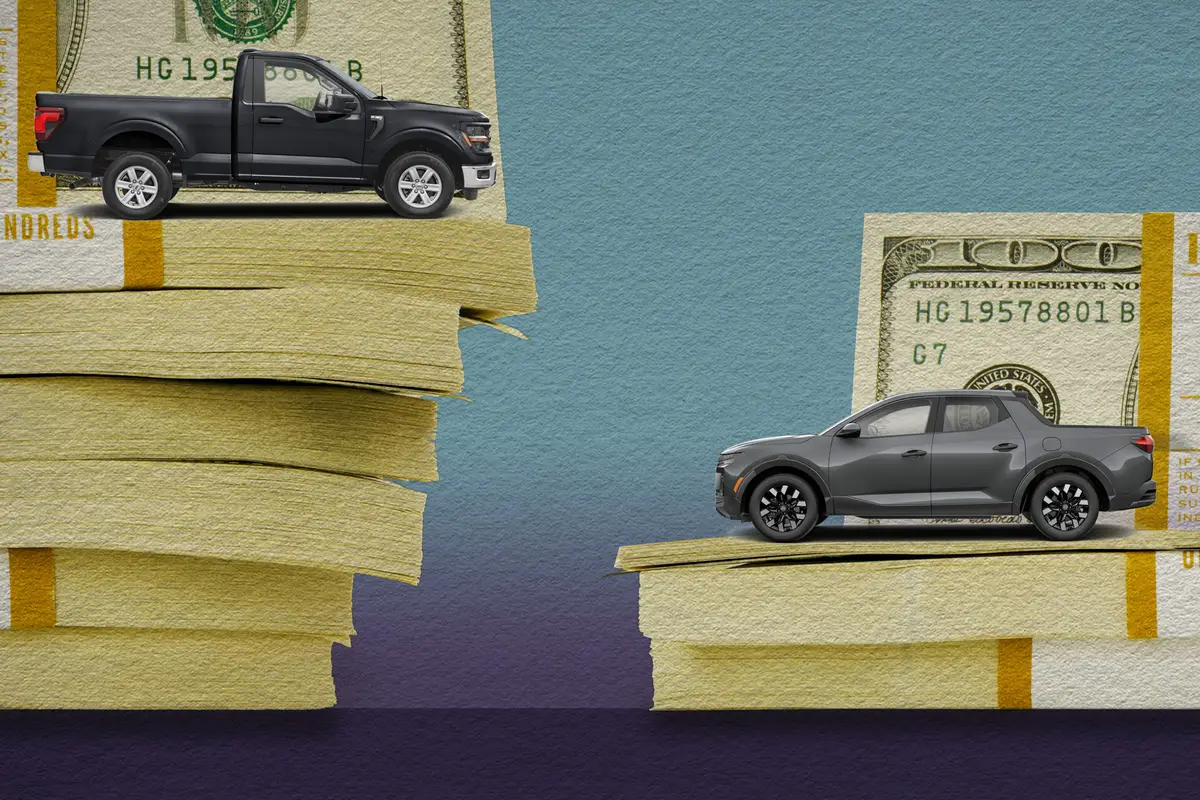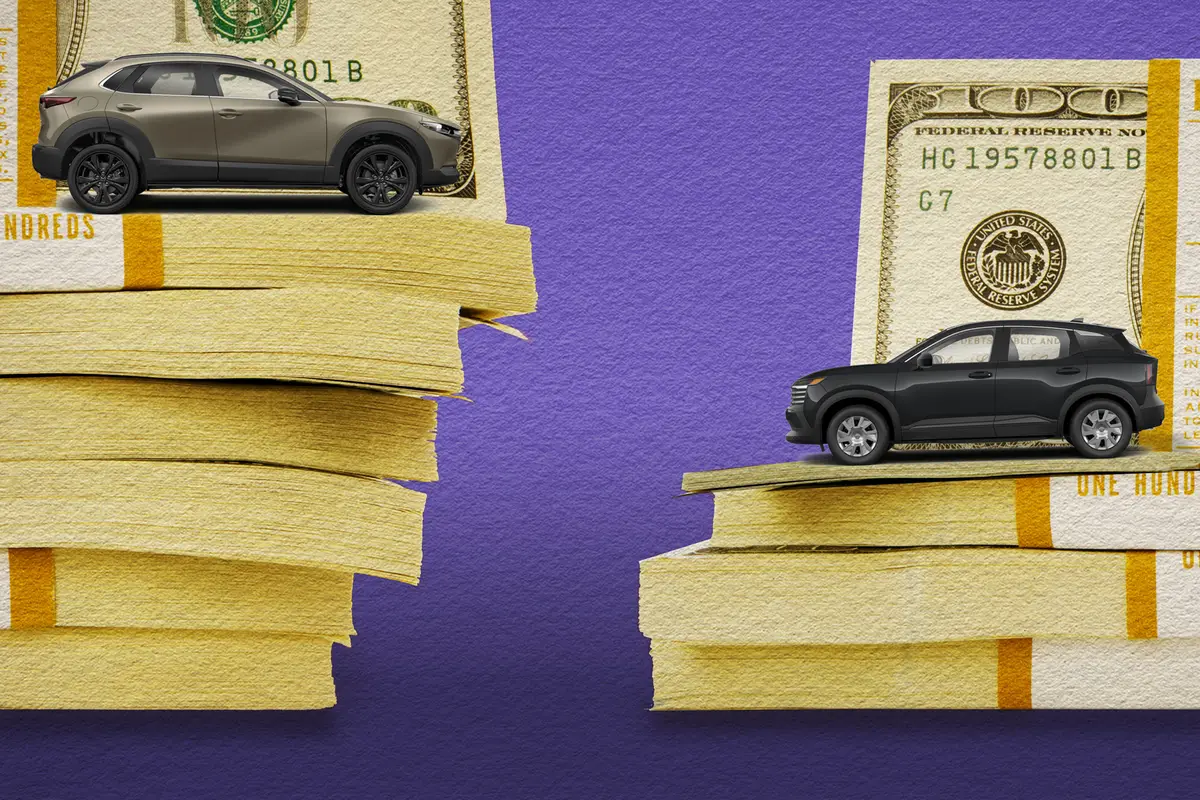Cincinnati.com's view
I almost hate to admit it, but they won me over with eyewash. I’m supposed to be inured to such things, but if that were my only failing, my personal life trainer would be out of work.
Talking here about the Subaru Legacy Outback wagon, which I once described as “dorky looking.”
Subaru, the U.S. marketing arm of Fuji Heavy Industries, sent Paul Hogan down to get my mind right but I whupped him easily, so then they sent a much more suasive spokesman, the L.L. Bean Edition.
I generally tell the budget-conscious to avoid special editions, which are usually just overpriced collections of visual appeal offering little more of substance than the standard versions, but at a much higher price. As a matter of fact, such is the case with the review subject before us today. But I view this as a case of building up the visual appeal to be on a par with the acknowledged virtues of the machine, a pleasing consonance.
The name L.L. Bean suggests a no-nonsense approach to quality that’s fairly congruent with Subaru’s. It’s an alliance that makes sense.
Even a bit player like Subaru should be thinking of a major revision after seven years of offering Outbacks, which in this case one would hope would consist at least of styling tweaks, but for now, it’s still a thoroughly competent and enjoyable vehicle that’s picking up new tricks every season.
Outback wagons are among the first “crossover” vehicles, though the term wasn’t even used when they debuted. Based on the Legacy sedan platform, they are essentially station wagons with aggressive looks and a degree of off-road competency. Being car-based, they are comfortable daily rides. Carrying capacity is five people (three on the small side) plus 34 cubic feet of gear, or ith the rear seats folded flat, 74 cubic feet. With 6-cylinder engine, the Outback can tow up to 2,000 pounds, with appropriate accessorizing.
For the 2002 model year, there are seven species of Outback, two four-cylinder wagons, a four-cylinder sedan, and a pair each of six-cylinder sedans and wagons. Prices (freight included) range from $23,420 for a four-cylinder machine with 5-speed automatic transmission to $32,420 for one with the 6-cylinder, 4-speed automatic and what Subaru calls VDC, or Vehicle Dynamics Control.
The L.L. Bean Edition slots in a couple of grand cheaper than the VDC; it has the same powertrain but lacks VDC, which is what others tend to call stability control. Every Subaru sold here, of course, uses some form of full-time, all-wheel drive. VDC is an alliance of sensors and computer chips that watch over the vehicle to make sure it keeps the line the driver intends, by reapportioning power to specific axles and wheels, both through selective braking and engine management. I find this feature more appealing in a high-performance machine, where a driver’s reach might exceed the car’s grasp. VDC works in conjunction with the standard traction control, which is called upon, if a ll else fails, to put the brakes on a spinning wheel.
Subarus I have known have all shown a reassuring desire to stay intimately involved with the surface they’re traversing, and the L.L. Bean wagon was no exception. It got a test when we had a 4-inch snow. Averse to shoveling, I was hoping my 400 feet of steeply inclined driveway might present the opportunity to call in stranded, but I knew better, really. The Outback negotiated the grade with not a hint of wheelspin. Although there must have been some negotiating going on down below, the driver remained blissfully unaware of the variations in torque flow.
Subaru, in its automatic-transmissioned models, uses what it calls “active” all-wheel drive. A gaggle of input sensors monitor what’s going on at the wheels and allocate power almost in anticipation of need. An electronically controlled hydraulic transfer clutch mediates between front and rear axles, and the rear has a viscous coupling to manage left-right power allocat . It’s totally transparent to the driver, and lends itself to a performance-oriented style of driving as well as giving the vehicle a sense of go-anytime assurance. With its 7.9-inch ground clearance, the Beaner could handle moderately challenging unpaved tests, although the lack of a low range would be a handicap.
On roads with a semblance of paving, the Legacy was a very comfortable ride, even when taking an overly-speedy approach.
Power comes from Subaru’s trademark “boxer” (i.e., flat, horizontally opposed) engine.
As a four-cylinder, 2.5-liter, it makes 165 hp and 166 foot-pounds of torque, and is happy with 87-octane fuel. I’ve always been impressed with its gutsy feel, no matter how raspy it gets in the upper ranges.
With a curb weight in excess of 3,700 pounds, though, the extra oomph of the six-cylinder powerplant will be appreciated. It can slog along on 87-octane, too, but if you treat it to 91-octane, it will return 212 horses and 210 foot-pounds of torque (@4,400 rpm, although 80 percent is on tap at 2,000). So equipped, the Outback moves from “adequate” to “perky” on the seat-of-pants scale.
For all its potency, the 6-banger Outback is reasonably thrifty, winning EPA estimates of 20 mpg city, 26 highway. I logged 23.7 on premium, and that includes some inefficient snow smashing.
The Bean wagon was equipped with 205/60 all-season tires on 16-inch alloy rims. In serious snow country, one would probably want to go to narrower, winter-specific tires, but that would be overkill for places like the Ohio Valley.
Antilock is standard, and works in conjunction with hefty ventilated front, solid rear discs to effect high-rate deceleration with little fuss.
Legacys fared well on the National Highway Transportation Safety Agency (NHTSA) crash tests. The Feds have not yet smashed a 2002, but the nearly-identical 2001 version of the wagon got four stars (on a 5-star scale) for protection of front-seat occupants in a side impact; it rated a five for rear-occupant protection in the same drill. NHTSA did not for some reason smash a wagon into a barrier, however the sedan garnered four stars in that exercise. In the more rigorous 40-mph frontal offset crash conducted by the Insurance Institute for Highway Safety (IIHS), the Legacy sedan was rated a best pick in class, achieving top marks in every category except driver’s right leg/foot protection, where it was “acceptable.” I don’t think it’s unreasonable to extrapolate those results to the wagon, which is virtually identical from front bumper to B pillar behind the front seats. The sedan suffered a relatively low $390 (average) worth of damage in the institute’s four crashes into a barrier at 5 mph.
Legacy Limiteds and their derivatives come with dual-stage front, and front-seat side air bags, though no head-curtain pillow is offered.
The L.L. Bean Edition is based on the Limited and adds to its already-heavy amenities complement the follow ing: two-tone leather seats embossed with the Bean logo, which is echoed on the floor mats and front-fender badges, automatic climate control, eight-way power driver’s seat, auto-dimming rearview mirror with electronic compass, microfiltration air system, a security system and a rich-feeling Momo steering wheel with alternate bands of leather and mahogany.
Overall quality was quite respectable. The Outback is made at the Indiana plant Subaru and Isuzu jointly own. The test vehicle had no options and thus cost $30,020, freight included. Payments on it would run $609, figuring 20 percent down, 10 percent interest and 48 installments. It would, I judge, be a good value at the price, but thereÕs good news today Ð Edmunds, the research firm, shows Outbacks are going, on average, for about two grand under sticker, mostly likely the result of being long in the tooth, though still worthy.
Latest news



